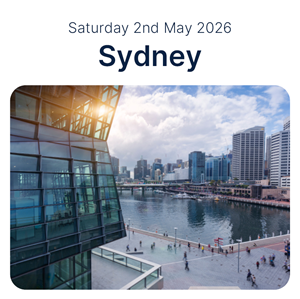Articles / IV iron threatened by saline shortages


writer
General Practitioner, Belgravia Medical Centre, Perth
Australia is experiencing an acute shortage of saline, which is critical for the dilution of many intravenous medicines, as well as for intravenous fluid replacement therapy.
For GPs this poses multiple challenges. General practice will be at the end of the queue when this issue is eventually resolved. GPs will need a policy on how they will handle the escalating demand by patients for intravenous iron and the relative inaccessibility of infusion in hospitals.
The correct dilution of iron leads to less side effects and less adverse reactions. Most GPs administer iron by infusion in accordance with the standards and practice of hospitals.
It is tempting to alter the way the iron is diluted and delivered, but this would involve changing the clinical process which could increase the risk of clinical error.
The dilemma for GPs is how much can they change their usual practice to accommodate their patients’ needs without compromising risk? Making an error or having an adverse reaction because of a change in protocol to a lesser standard will be difficult to justify.
GPs need to think very carefully about the path that they take.
In the future it is likely that premixed bags will be available, mitigating future saline shortages. In the meantime, the options are very limited.
Practices that change from infusions to direct administration will take on added risks, or as Sir Humphrey might say to a Minister, ‘a courageous decision.’
A more fundamental question is why the saline shortage has even occurred. It is yet another failure of policy. Global shortages are increasingly commonplace in healthcare settings. In an editorial published before the pandemic, SA Health chief pharmacist Steve Morris pointed out that there is a “spider’s web of diverse interacting and connected factors including regulation, manufacturing, procurement, global acquisitions, financial viability, political instability and even natural disasters”.
The TGA, in explanation, has made the rather general statement that the current shortage is due to “multiple factors including global supply limitations, unexpected increases in demand, and manufacturing issues.” This is not good enough and we need more transparency on when this was known and what was done.
We need to pay attention to the causes of this shortage and plan accordingly. Saline shortages are not new, and they are predictable.
In the US there have been five shortages of saline in the last 17 years .
Australia has only three suppliers approved by the TGA. The companies that make saline operate in a commercial environment and finetune their production to anticipated demand to minimise wastage and maximise profit. When an unexpected interruption like extreme weather events or a contractual dispute occurs, other companies cannot readily increase their supply.
This becomes very problematic when there is only a small number of suppliers. And when it happens to a critical fluid for health care, it becomes an issue of national importance.
The COVID pandemic underscored the interdependency of countries and the fragility of global supply chains. We have yet to respond to these broader issues, and until we do, these kinds of shortages will become more common.
Australia still has no effective strategy to mitigate against this risk. Allowing market forces to freely operate in an oligopoly without safeguards adds unnecessary vulnerability to an already precarious health system.
One obvious solution would be to manufacture these products in Australia. This would not require heroic engineering and we do have a lot of raw material at our disposal. The government is pushing its ‘Future Made in Australia’ – perhaps we should think about health before submarines…
We also need to shore up our stock and develop effective contingency plans, including having alternative suppliers readily available so we are not held hostage to market forces guiding supply.
Morris S. Medicine shortages in Australia – what are we doing about them? Aust Prescr 2018;41:136-7.
Mazer-Amirshahi M, Fox Erin R. Saline Shortages — Many Causes, No Simple Solution. New England Journal of Medicine 2018;378(16):1472-1474.

Allergen Introduction – Practical Tips for GPs

Oral Contraception Update

What do we do With High Triglycerides?

An Update on Heart Failure in Primary Care

writer
General Practitioner, Belgravia Medical Centre, Perth

Very overestimated
Moderately/slightly overestimated
Quite accurate
Moderately/slightly underestimated
Very underestimated
Listen to expert interviews.
Click to open in a new tab
Browse the latest articles from Healthed.
Once you confirm you’ve read this article you can complete a Patient Case Review to earn 0.5 hours CPD in the Reviewing Performance (RP) category.
Select ‘Confirm & learn‘ when you have read this article in its entirety and you will be taken to begin your Patient Case Review.





